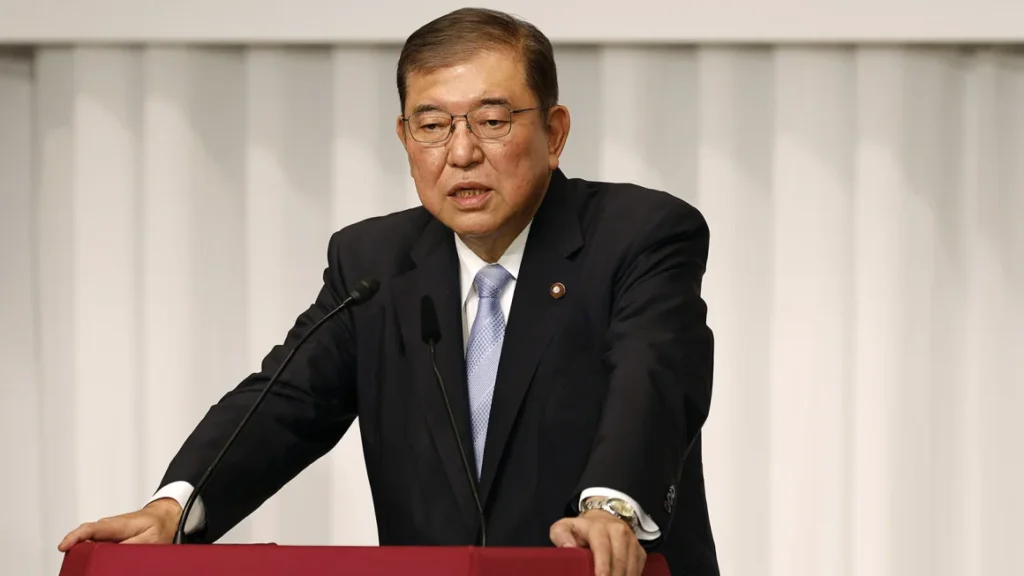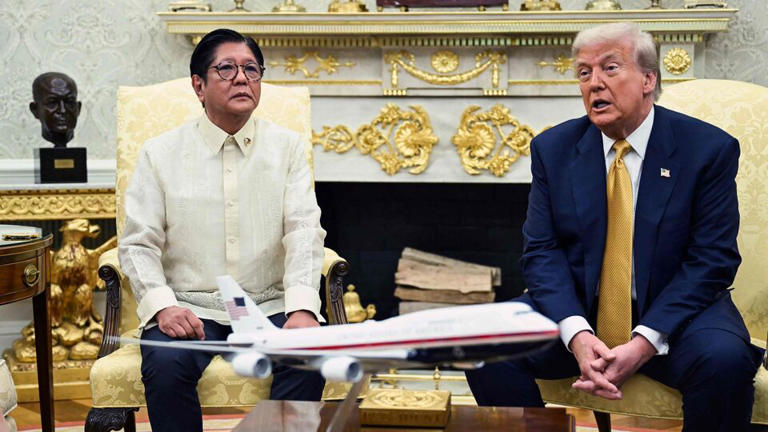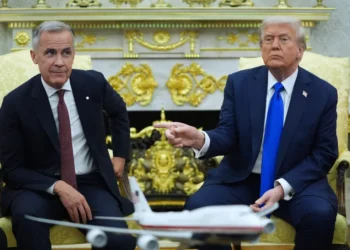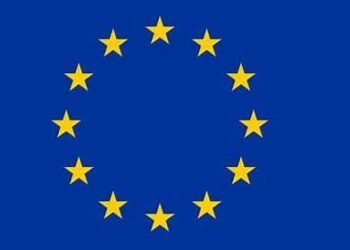US President, Donald Trump has announced a long-awaited trade agreement with Japan.
As part of the deal, US importers will pay 15% “reciprocal” tariffs on Japanese goods exported to the United States. Japan also will invest $550 billion dollars into the United States.
Trump added that the US “will receive 90% of the profits.” He did not specify how those investments would work or how profits would be calculated. He posted on Truth Social that the deal will create “hundreds of thousands of jobs.”
“There has never been anything like it. Perhaps most importantly, Japan will open their Country to Trade including Cars and Trucks, Rice and certain other Agricultural Products, and other things. Japan will pay Reciprocal Tariffs to the United States of 15%.”
Donald Trump
Responding to Trump’s announcement, Japan’s Prime Minister, Shigeru Ishiba said that the government will examine the details of the deal “carefully,” and will hold a phone or in-person meeting with Trump as necessary. But, like Trump, he gave few concrete details.

He told reporters at his office that the US and Japan have been negotiating until “the last minute, doing our best to negotiate with each other for automobiles or other products and national interests.”
“We believe that this will contribute to the creation of jobs, the production of good products, and the fulfillment of various roles in the world through the mutual cooperation of Japan and the US.”
Shigeru Ishiba
Goods from Japan briefly faced a 24% “reciprocal” tariff before Trump enacted a 90-day pause in April. Since then goods have faced a 10% minimum tariff. In early July, Trump sent a letter to Ishiba, threatening to enact a 25% tariff on August 1, 2025. Both sides previously described the negotiations as tense.
Nonetheless, Trump said that the newly agreed deal marked a “very exciting time for the United States of America, and especially for the fact that we will continue to always have a great relationship with the Country of Japan.”
Japan is a significant trading partner with the United States. It is the United States’ fifth-largest source of imports. Last year, it shipped $148 billion worth of goods to the US, according to Commerce Department data. Cars, car parts and agricultural and construction machinery were among the top goods Americans bought from there.
Trump Discloses Trade Deal With The Philippines, Indonesia

In a prior trade-related announcement, President Donald Trump said that he and President Ferdinand Marcos Jr. of the Philippines reached a trade agreement.
Shortly after, he also revealed more detailed terms of an agreement with Indonesia, which he announced last week.
Both agreements call for 19% tariffs on goods the US imports from the two countries, paid by American businesses, while American goods shipped there won’t be charged a tariff.
The agreement with the Philippines is somewhat unusual given that other countries Trump claims to have reached agreements with call for lower tariff rates compared to levels the US President threatened to impose in April.
Goods from the Philippines were charged a minimum 17% “reciprocal” tariff in April before Trump paused those. Earlier this month, he threatened a 20% tariff on goods from the Philippines as of August 1.
Goods from Indonesia briefly faced a 32% tariff in April before Trump paused “reciprocal” tariffs.
Revealing the details of the trade deal, Trump and administration officials highlighted non-tariff trade barriers that Indonesia agreed to modify.
According to administration officials, those include eliminating taxes on digital service revenue, like advertising on streaming and social media sites; and “pre-shipment inspection or verification requirements” on American goods.
On the latter, officials told reporters that these systems were especially burdensome for farmers to export their goods and that eliminating them will help open up the market to them.
Additionally, Indonesia agreed to accept US Federal Motor Vehicle Safety Standards and remove export restrictions on critical minerals.
READ ALSO: Cedric Dzelu Urges Urgent Development of Climate Transition Plans



















